The world of nonprofit organizations is an ever-growing and competitive one. With so many organizations vying for attention and support, it can be challenging to stand out from the crowd. One of the most powerful tools in your arsenal is video. A well-produced and impactful video can tell a story, evoke emotion, and inspire action in ways that other mediums cannot.
But creating a successful nonprofit video is no easy feat. It requires careful planning, a compelling message, and technical expertise. In this article, we’ll provide you with 11 tips for creating impactful nonprofit videos that will help you be heard and seen.
From crafting a clear message and storyboarding your video to selecting the right music and optimizing for search engines, we’ve got you covered. We’ll also discuss the importance of investing in quality equipment and collaborating with experts in the field to create a video that truly resonates with your audience.
Whether you’re looking to create a video that highlights your organization’s mission or showcases the impact of your work, these tips will help you create a video that stands out and drives engagement. So, grab a pen and paper, and let’s get started!
1. Why video is a powerful tool for nonprofit storytelling
Video has become an increasingly popular and effective tool for nonprofit storytelling. By using video, nonprofits can tap into the power of visual storytelling to connect with donors, volunteers, and other stakeholders. Video can help nonprofits communicate their mission, share their impact stories, and inspire action.
One of the key advantages of video is its ability to evoke emotion. Nonprofits can use video to tell stories that tug at the heartstrings and inspire empathy and compassion. Video can also be used to showcase the work that nonprofits are doing in the community, highlighting the impact of their programs and services.
Another advantage of video is its versatility. Nonprofits can use video in a variety of ways, from creating marketing materials and fundraising campaigns to sharing success stories and educating the public. Video can also be easily shared on social media, making it an ideal tool for reaching a wide audience.
In summary, video is a powerful tool for nonprofit storytelling because it can evoke emotion, showcase impact, and be used in a variety of ways to connect with donors, volunteers, and other stakeholders.
2. Creating a compelling story arc for your nonprofit video
Creating a compelling story arc is essential to capturing and holding the attention of your audience. A strong story arc can help you convey your nonprofit’s message in a way that is both engaging and memorable.
The first step in creating a compelling story arc is to identify the key elements of your story. What is the problem you are trying to solve? Who are the people affected by this problem? What is your nonprofit doing to address the problem? Once you have identified these key elements, you can begin to craft your story arc.
A strong story arc typically follows a three-act structure: the setup, the confrontation, and the resolution. In the setup, you introduce the problem and the people affected by it. In the confrontation, you show how your nonprofit is addressing the problem and the challenges it faces along the way. In the resolution, you show the impact of your nonprofit’s work and how it is making a difference in the lives of those it serves.
To create a truly compelling story arc, it’s important to focus on the emotional journey of your audience. What emotions do you want them to feel as they watch your video? What do you want them to remember after they have watched it? By focusing on these elements, you can create a story arc that is both memorable and impactful.
3. Tips for scripting your nonprofit video
Scripting your nonprofit video is an important step in creating a compelling and impactful story. A well-crafted script can help you communicate your message clearly and effectively, while also engaging and inspiring your audience.
The first step in scripting your nonprofit video is to identify the key elements of your story. What is the problem you are trying to solve? Who are the people affected by this problem? What is your nonprofit doing to address the problem? Once you have identified these key elements, you can begin to craft your script.
When writing your script, it’s important to keep your audience in mind. Who are you trying to reach with your message? What tone and language will resonate with them? By focusing on your audience’s needs and interests, you can create a script that is both impactful and engaging.
Another important consideration when scripting your nonprofit video is the use of visuals. How can you use visuals to enhance your message and engage your audience? Consider using images, graphics, and other visual elements to help tell your story and communicate your message.
In summary, scripting your nonprofit video is an important step in creating a compelling and impactful story. By focusing on your audience’s needs and interests, using visuals to enhance your message, and crafting a clear and engaging script, you can create a video that effectively communicates your nonprofit’s message.
4. How to choose the right visuals for your nonprofit video
Choosing the right visuals for your nonprofit video is an important step in creating a compelling and impactful story. Visuals can help you communicate your message more effectively, engage your audience, and create an emotional connection.
The first step in choosing the right visuals for your nonprofit video is to identify the key elements of your story. What is the problem you are trying to solve? Who are the people affected by this problem? What is your nonprofit doing to address the problem? Once you have identified these key elements, you can begin to choose visuals that will help you tell your story.
When choosing visuals, it’s important to consider your audience’s needs and interests. What visuals will resonate with them and help them connect with your message? Consider using images, graphics, and other visual elements that are both relevant and engaging.
Another important consideration when choosing visuals is the use of color. Color can have a powerful impact on emotions and can help you create a mood or tone that supports your message. Consider using colors that are consistent with your nonprofit’s branding and that help communicate your message.
In summary, choosing the right visuals for your nonprofit video is an important step in creating a compelling and impactful story. By considering your audience’s needs and interests, using visuals that are relevant and engaging, and using color to create a mood or tone that supports your message, you can create a video that effectively communicates your nonprofit’s message.
5. Using music to enhance the emotional impact of your nonprofit video
Using music can be a powerful way to enhance the emotional impact of your nonprofit video. Music can help create a mood or tone that supports your message, evoke emotions in your audience, and create a connection between your audience and your nonprofit’s mission.
When selecting music for your nonprofit video, it’s important to consider your audience’s needs and interests. What type of music will resonate with them and support your message? Consider using music that is both relevant and engaging.
Another important consideration when using music in your nonprofit video is the use of tempo and rhythm. The tempo and rhythm of music can have a powerful impact on emotions and can help you create a mood or tone that supports your message. Consider using music with a tempo and rhythm that supports the tone and message of your video.
In summary, using music can be a powerful way to enhance the emotional impact of your nonprofit video. By considering your audience’s needs and interests, using music that is both relevant and engaging, and using tempo and rhythm to create a mood or tone that supports your message, you can create a video that effectively communicates your nonprofit’s message.
6. Tips for filming interviews with nonprofit stakeholders
Filming interviews with nonprofit stakeholders is an important part of creating a compelling and impactful video. Interviews can help you showcase the impact of your nonprofit’s work, share personal stories and experiences, and create an emotional connection with your audience.
When filming interviews, it’s important to create a comfortable and welcoming environment for your interviewee. This can help them feel more relaxed and open, which can lead to more genuine and compelling responses. Consider using a quiet and private space, and taking the time to establish a rapport with your interviewee before beginning the interview.
Another important consideration when filming interviews is the use of lighting and framing. Good lighting can help create a professional and polished look for your video, while framing can help create a sense of intimacy and connection with your interviewee. Consider using natural or artificial light that is flattering and not too harsh, and framing your shot to focus on your interviewee’s face and body language.
Finally, it’s important to ask open-ended questions that allow your interviewee to share their personal experiences and insights. Avoid asking yes or no questions or questions that are too broad or vague. Instead, ask questions that encourage your interviewee to share their personal stories and experiences.
7. How to capture b-roll footage that supports your nonprofit’s mission
Capturing b-roll footage is an important part of creating a compelling and impactful video. B-roll footage can help you showcase the impact of your nonprofit’s work, provide context for your message, and create a visually engaging video.
When capturing b-roll footage, it’s important to plan ahead and identify the key elements of your story. What visuals will help you communicate your message and support your nonprofit’s mission? Consider using footage that showcases your nonprofit’s programs and services, as well as footage that highlights the people and communities you serve.
Another important consideration when capturing b-roll footage is the use of camera angles and movement. Different camera angles and movement can help create a visually engaging video and communicate different emotions and ideas. Consider using a variety of camera angles and movement to create a dynamic and engaging video.
Finally, it’s important to capture b-roll footage that is high quality and visually compelling. This can help create a professional and polished look for your video and engage your audience. Consider using high-quality cameras and equipment, and taking the time to plan and execute your shots carefully.
8. Tips for editing your nonprofit video to create a cohesive narrative
Editing your nonprofit video is an important step in creating a cohesive and impactful narrative. Editing can help you create a clear and engaging story, highlight the most important elements of your message, and hold your audience’s attention.
The first step in editing your nonprofit video is to review all of the footage you have captured and identify the key elements of your story. What footage best communicates your nonprofit’s message and supports your mission? Once you have identified these key elements, you can begin to create a rough cut of your video.
When creating a rough cut, it’s important to focus on creating a clear and engaging story arc. Use your footage to create a narrative that follows a three-act structure: the setup, the confrontation, and the resolution. Use transitions and other editing techniques to create a cohesive and engaging narrative.
Another important consideration when editing your nonprofit video is the use of music and sound effects. Music and sound effects can help you create a mood or tone that supports your message, and can enhance emotional impact of your video. Consider using music and sound effects that are both relevant and engaging.
9. Adding text and captions to your nonprofit video
Adding text and captions to your nonprofit video is an important way to enhance the accessibility and impact of your video. Text and captions can help you communicate your message more clearly, make your video more engaging, and increase the reach of your video by making it accessible to audiences who are deaf or hard of hearing.
When adding text and captions, it’s important to consider your audience’s needs and interests. What text and captions will help them better understand your message and engage with your video? Consider using text and captions that are both relevant and engaging.
Another important consideration when adding text and captions is the use of font and color. Font and color can have a powerful impact on readability and can help you create a mood or tone that supports your message. Consider using font and color that are consistent with your nonprofit’s branding and that help communicate your message.
Finally, it’s important to ensure that your text and captions are accurate and well-timed. This can help ensure that your message is communicated clearly and effectively. Consider working with a professional captioning service or using a captioning tool to ensure accuracy and timing.
10. How to optimize your nonprofit video for social media
Optimizing your nonprofit video for social media is an important way to increase its reach and impact. By optimizing your video for social media, you can ensure that it is seen by more people and that it effectively communicates your nonprofit’s message.
The first step in optimizing your nonprofit video for social media is to choose the right platform. Different social media platforms have different requirements and best practices for video content. Consider the platform where you have the most engaged audience, and optimize your video for that platform.
Another important consideration when optimizing your nonprofit video for social media is the use of captions and subtitles. Many social media users watch videos without sound, so it’s important to include captions and subtitles that make your video accessible to everyone. Consider using a captioning tool or working with a professional captioning service to ensure accuracy and timing.
11. Using analytics to measure the impact of your nonprofit video
Using analytics is an important way to measure the impact of your nonprofit video. Analytics can help you track the performance of your video, identify areas for improvement, and make data-driven decisions to optimize your video for maximum impact.
One of the key metrics to track when measuring the impact of your nonprofit video is engagement. How many people are watching your video, and for how long? Are they liking, sharing, or commenting on your video? By tracking engagement metrics, you can identify which parts of your video are resonating with your audience, and make adjustments to improve engagement.
Another important metric to track is conversions. Are people taking action after watching your video, such as making a donation or volunteering? By tracking conversion metrics, you can measure the impact of your video on your nonprofit’s goals and make data-driven decisions to optimize your video for maximum impact.
Finally, it’s important to track your video’s performance over time. Are engagement and conversion rates increasing or decreasing? By tracking performance over time, you can identify trends and make adjustments to optimize your video for maximum impact.
In conclusion, creating impactful nonprofit videos is essential for any organization that wants to be heard and seen. With the right tools, techniques, and strategies, you can create videos that not only inform but also inspire and engage your audience. Remember to keep your message clear, your visuals compelling, and your story authentic. Don’t be afraid to experiment with different formats and styles to find what works best for your organization. And above all, don’t forget to measure and analyze your results to continuously improve and refine your video content.
With these 11 tips in mind, you can create videos that will help you achieve your nonprofit’s goals, whether that’s raising awareness, increasing donations, or building a community of supporters. By investing time and effort into your video content, you can connect with your audience on a deeper level and make a lasting impact. So, get out there and start creating! With the right approach, your nonprofit videos can make a real difference in the world.
.svg)


.svg)
.svg)
.svg)

.avif)



















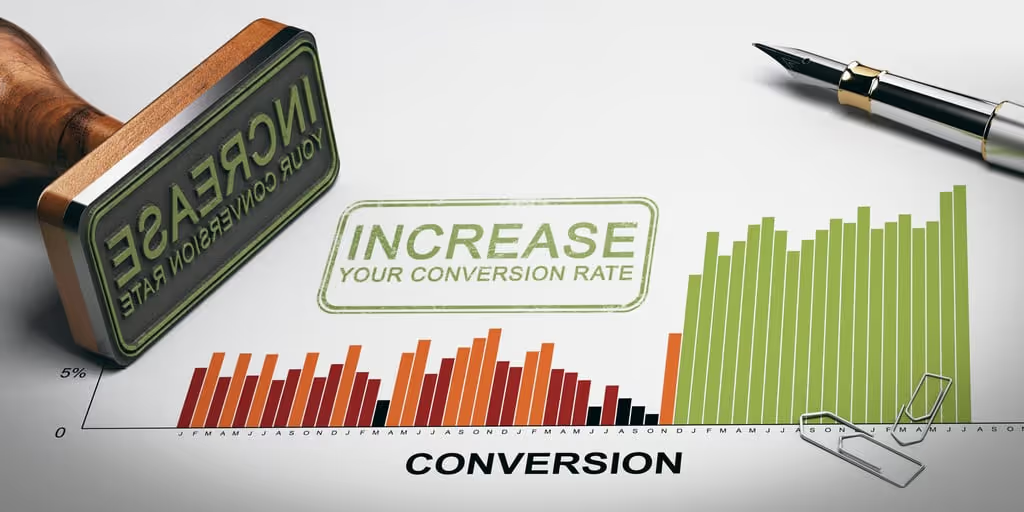


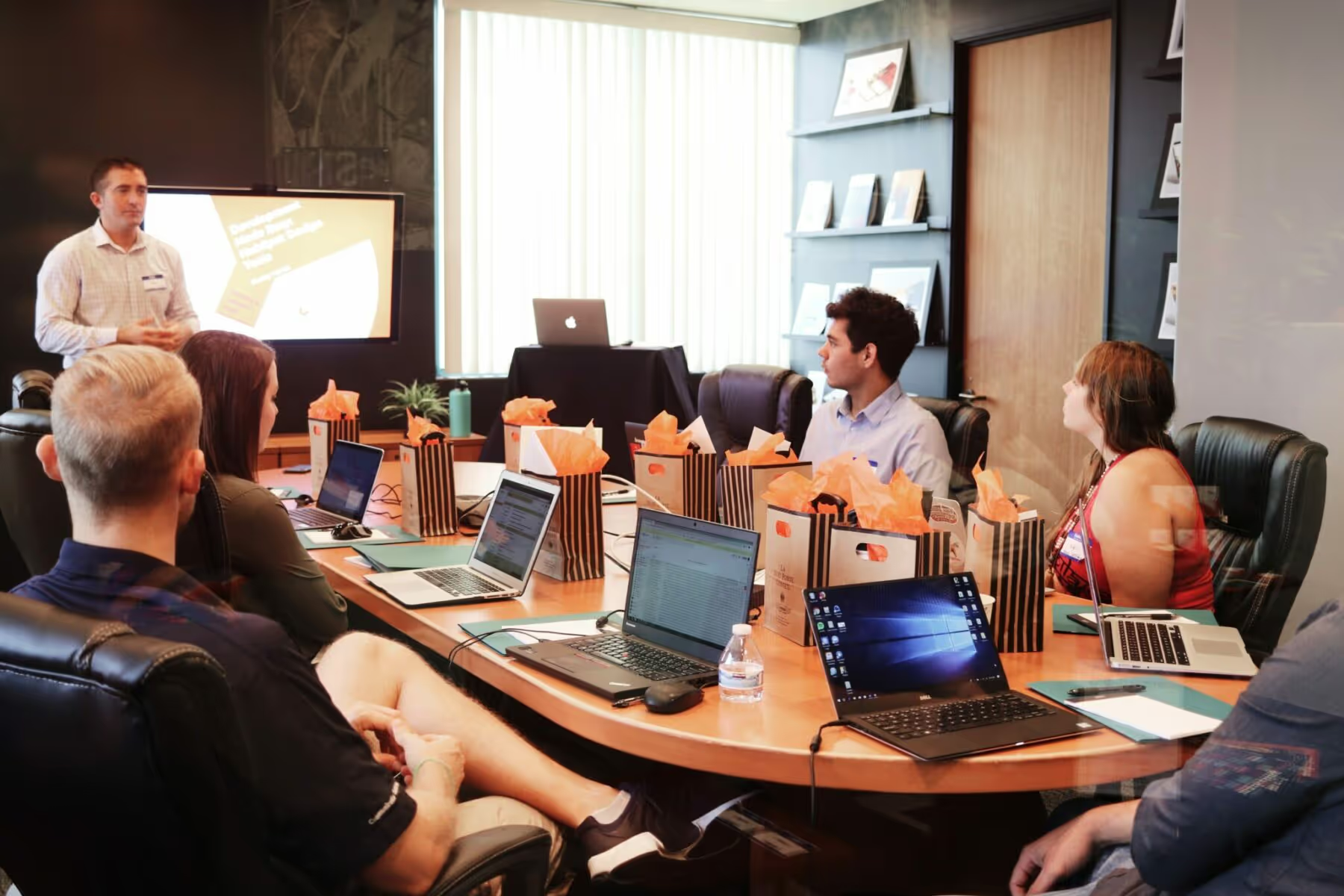


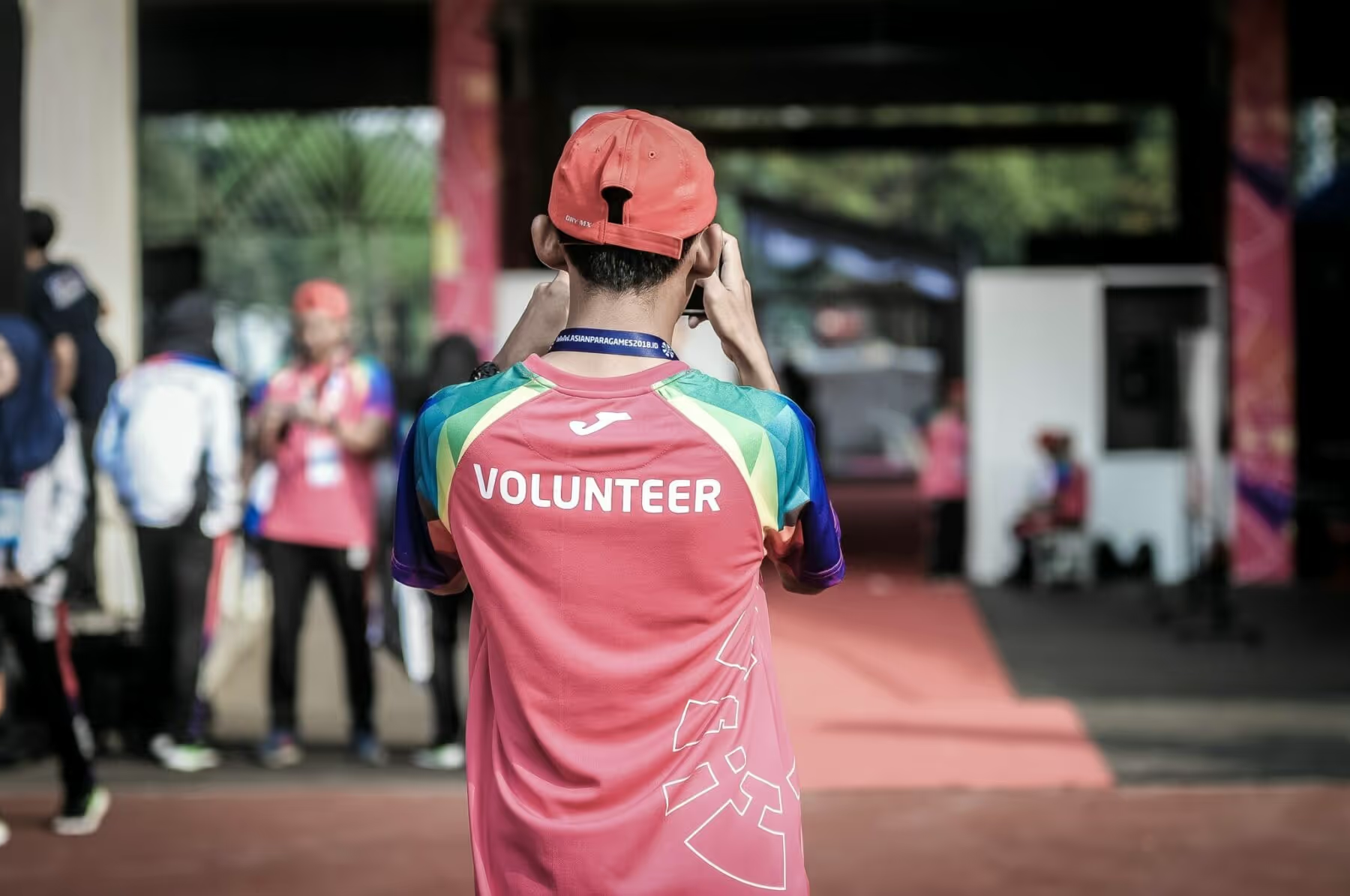












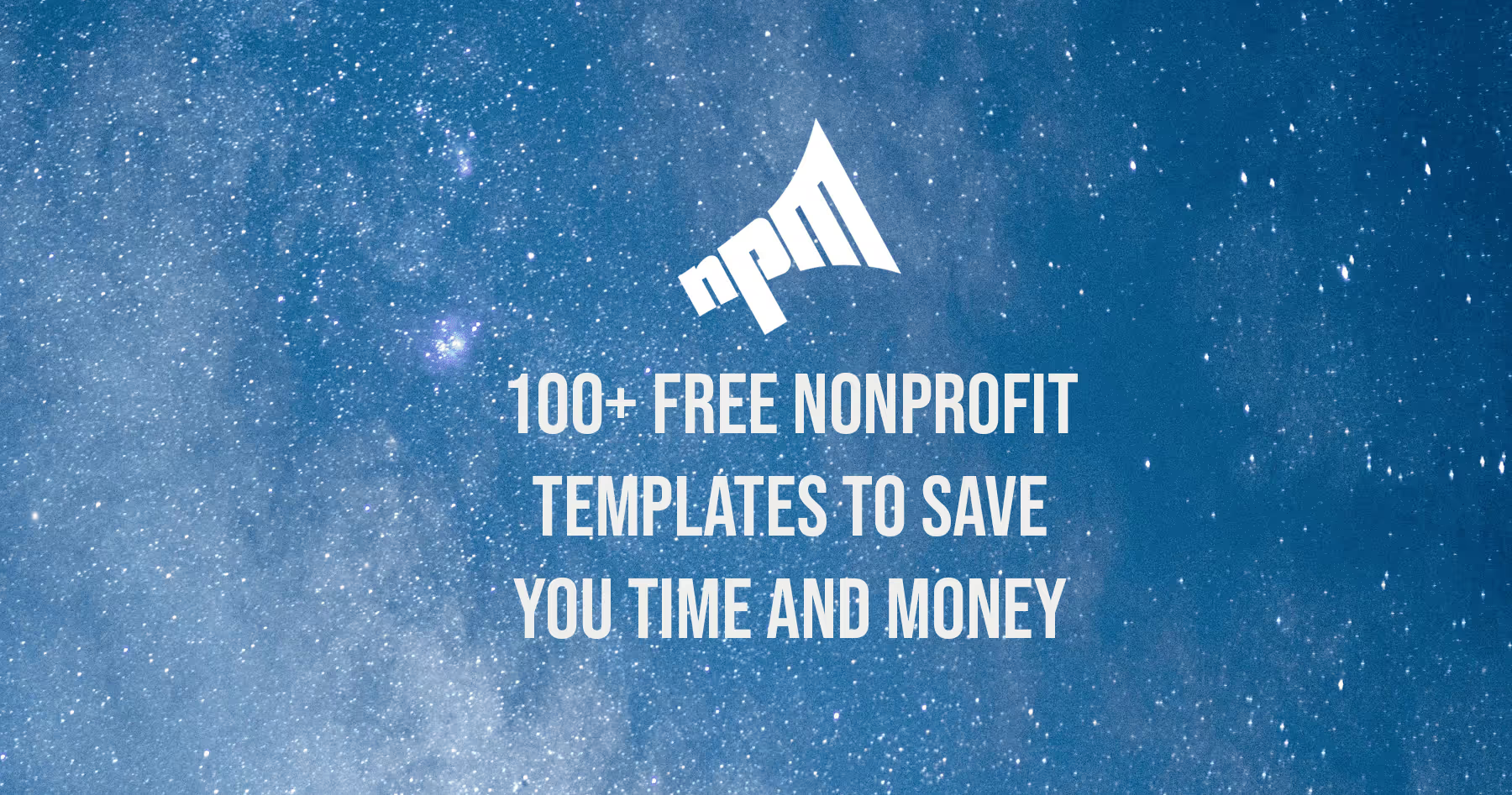












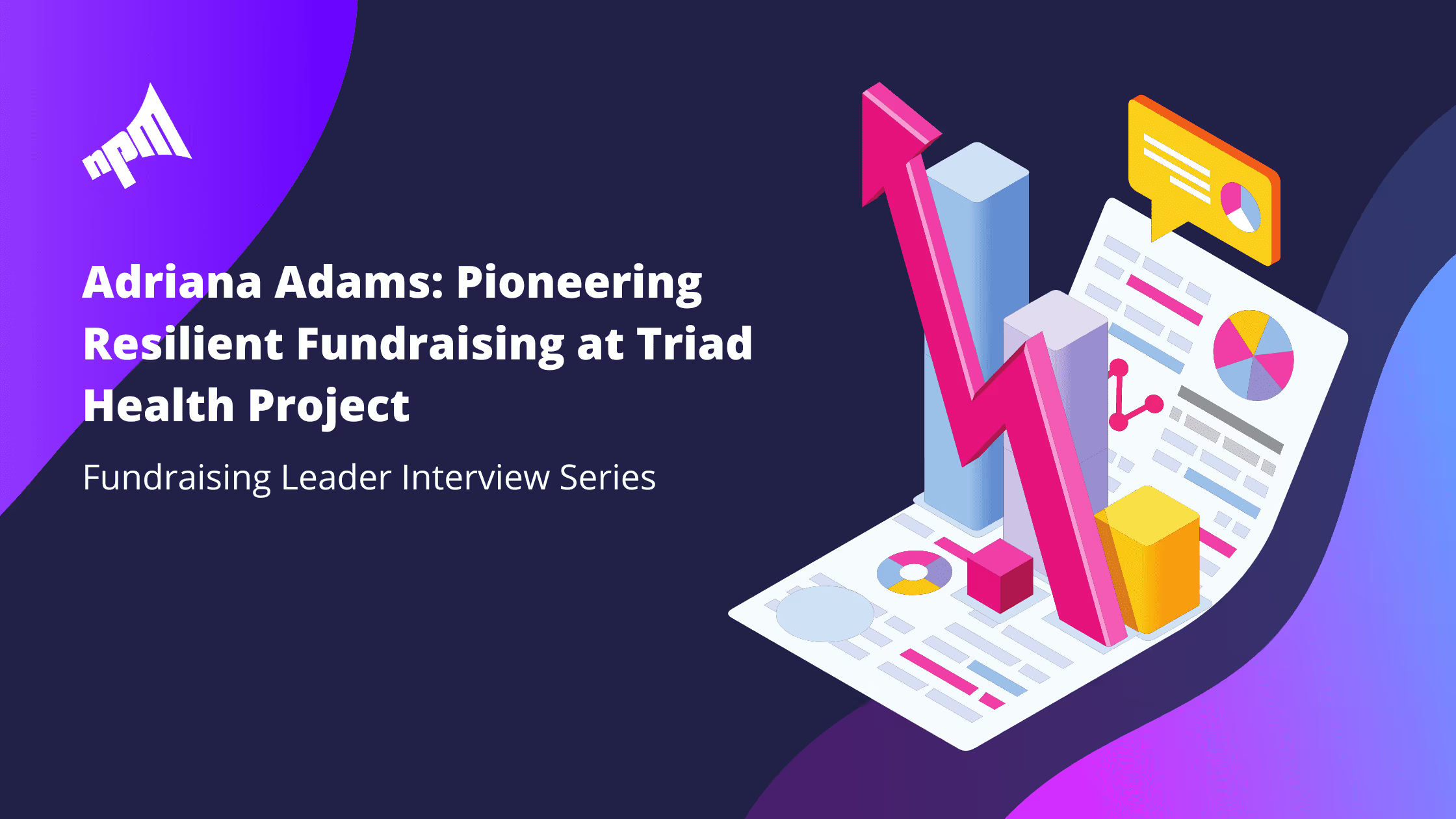

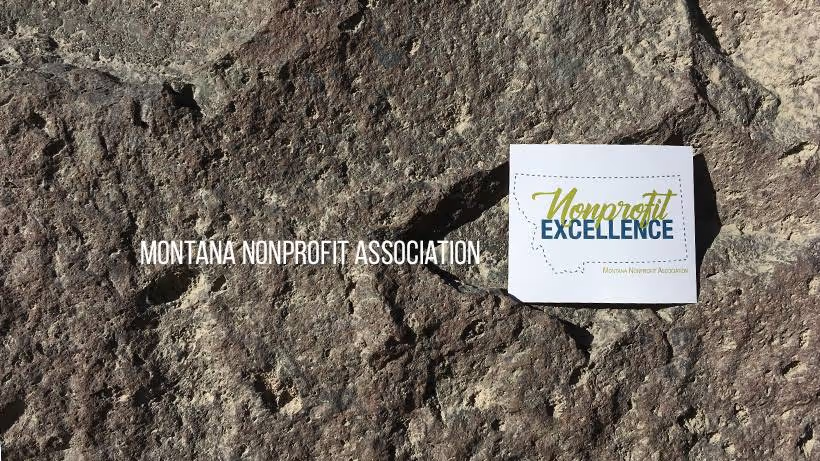









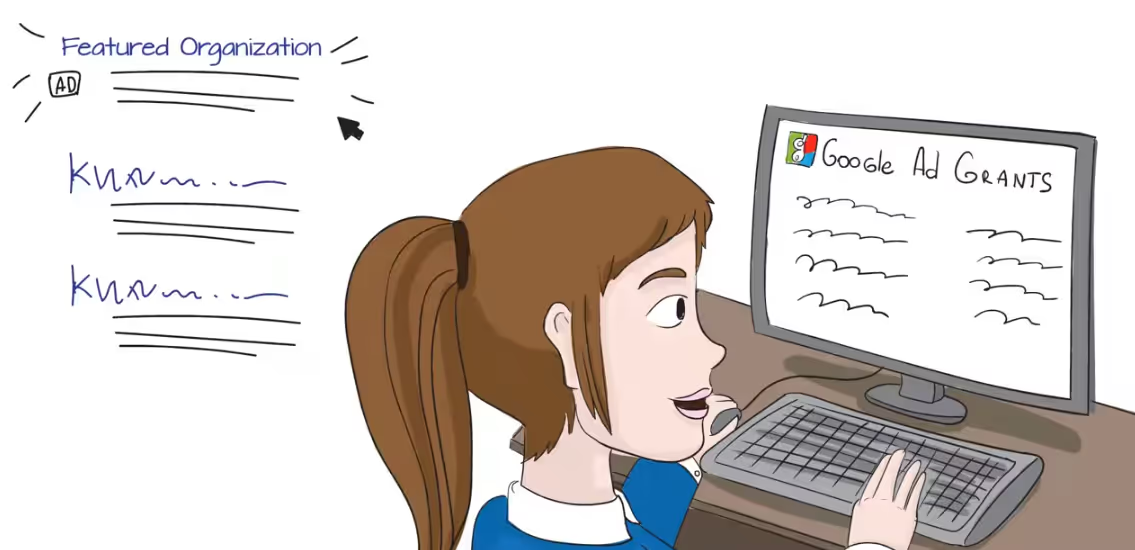













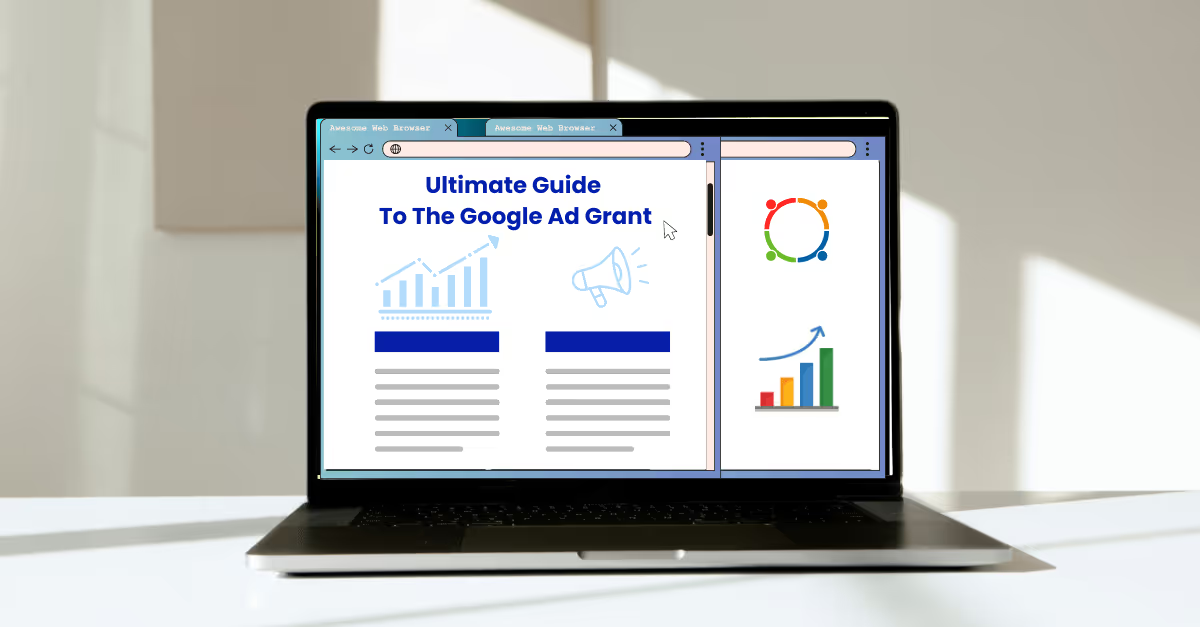




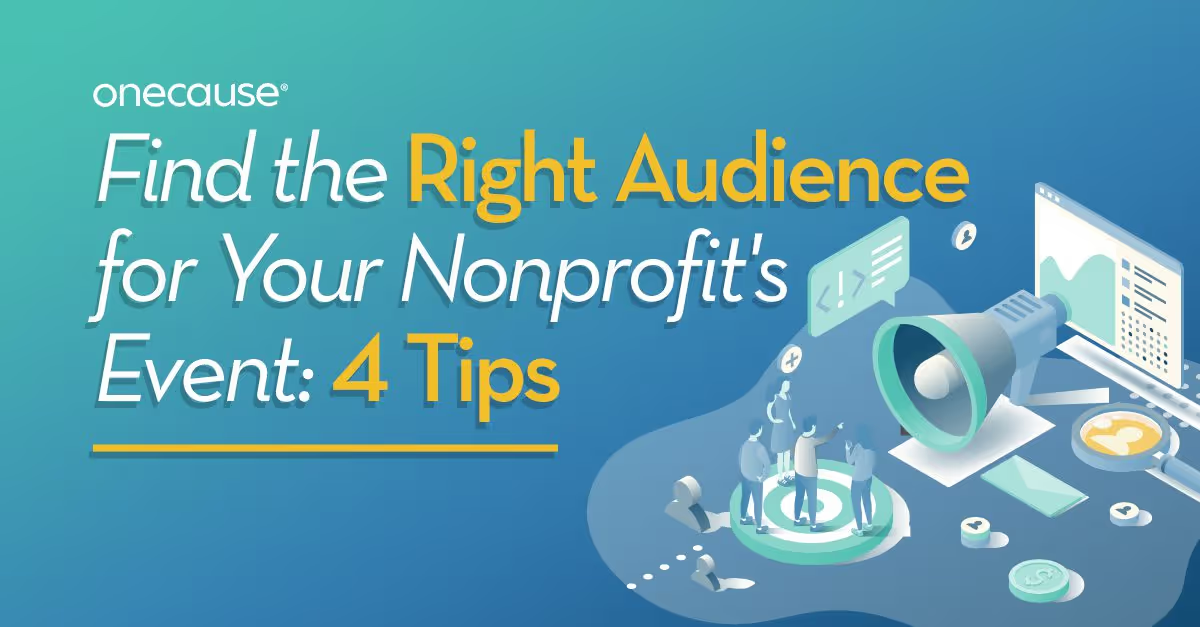

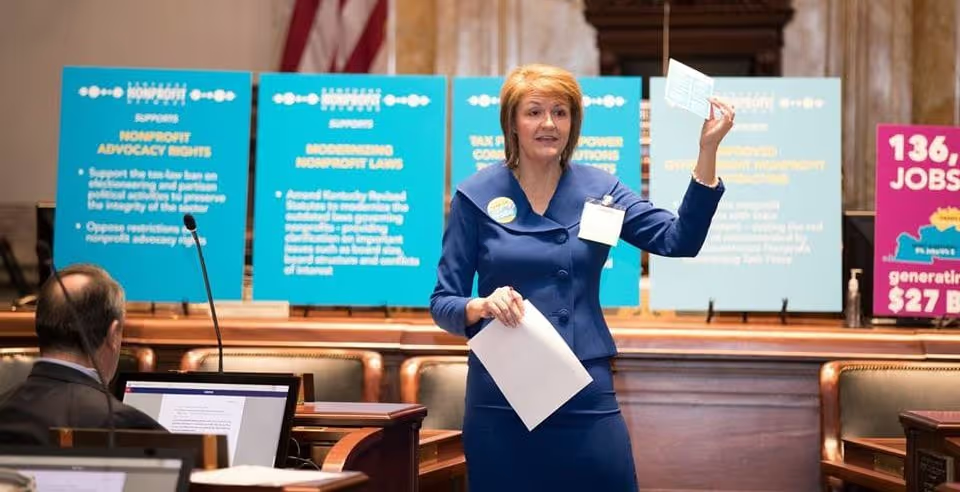






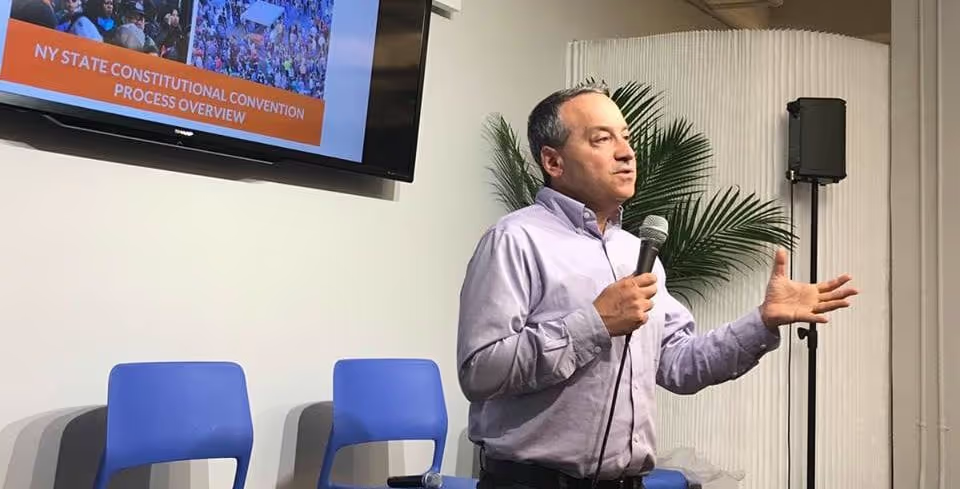




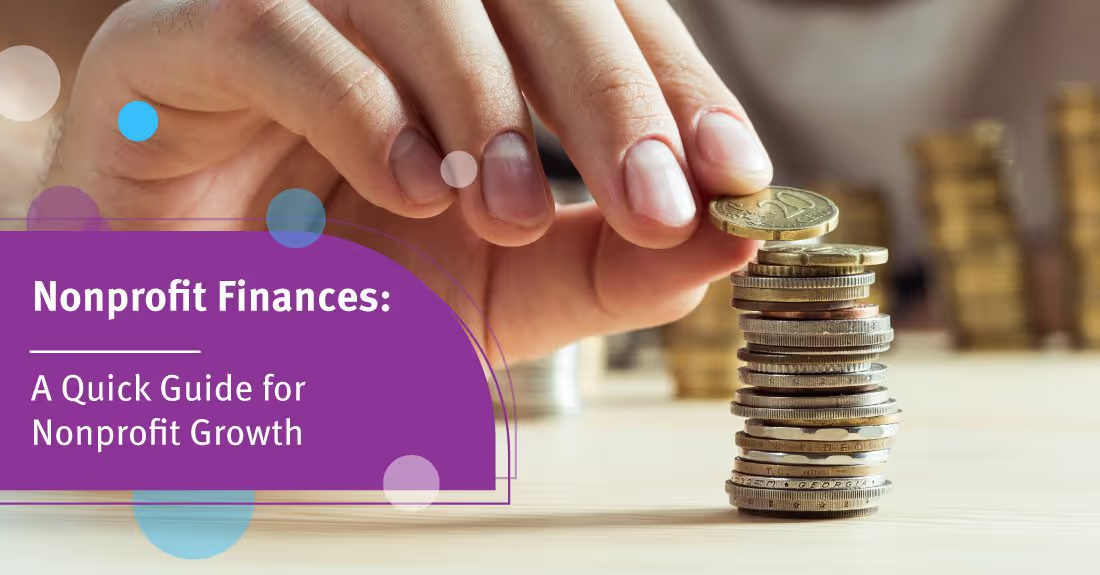







.svg)
.svg)
.svg)
.svg)